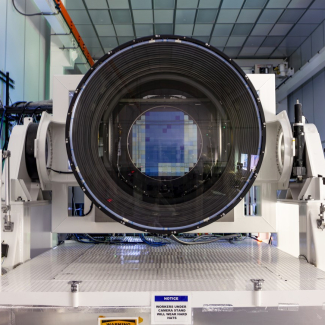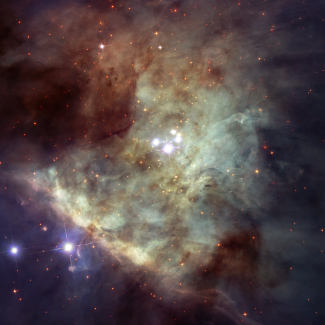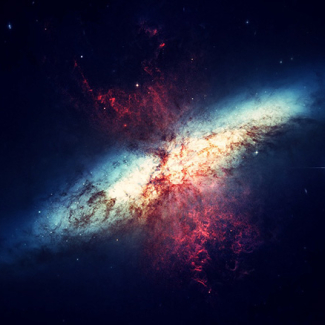
First 3.2-billion pixel images: the CNRS participates in the construction of the world’s largest digital camera
For the first time, images with a resolution of 3.2 billion pixels have been taken using a huge focal plane containing 189 CCD imaging sensors, now assembled at the SLAC National Accelerator Laboratory. The focal plane will be the key component of the Vera C. Rubin Observatory1 camera, the world’s largest digital camera, which will be used to make a unique survey of the sky. The images will constitute the most comprehensive catalogue of astronomical objects ever made.
Two laboratories belonging to the CNRS and its partners, the Laboratoire de Physique Nucléaire et de Hautes Énergies (CNRS/Sorbonne Université) and the Laboratoire de Physique des 2 Infinis - Irène Joliot-Curie (CNRS/Université Paris-Saclay), have made a major contribution2 to the design and optimisation of the unique sensors, as well as to the electronics of the camera’s focal plane. In fact, Claire Juramy-Gilles, a research engineer at the LPNHE, was awarded the CNRS Crystal Medal for her outstanding work on the sensors.
The assembly of the focal plane is a crucial step in the construction of the Rubin Observatory in Chile, whose camera will in 2022 begin to systematically take photographs of the Southern sky over a period of ten years. The project’s scientific goals include finding out more about the nature of dark matter and improving our understanding of dark energy.
To find out more: https://news.cnrs.fr/videos/a-camera-of-cosmic-proportions
SLAC National Accelerator Laboratory press release: https://www6.slac.stanford.edu/news/2020-09-08-sensors-world-largest-digital-camera-snap-first-3200-megapixel-images-slac.aspx
- 1Formerly called the Large Synoptic Survey Telescope (LSST).
- 2Also taking part in France in the construction of the Rubin Observatory are the IN2P3 Computing Centre (CNRS), the Laboratoire Astroparticule et Cosmologie (CNRS/Université de Paris), the Centre de Physique des Particules de Marseille (CNRS/Aix-Marseille Université), the Laboratoire d’Annecy de Physique des Particules (CNRS/Université Savoie Mont-Blanc), the Institut de Physique des 2 Infinis de Lyon (CNRS /Université Claude Bernard Lyon 1), the Laboratoire de Physique de Clermont (CNRS/Université Clermont Auvergne), the Laboratoire de Physique Subatomique et de Cosmologie (CNRS/Université Grenoble Alpes) and the Laboratoire Univers et Particules de Montpellier (CNRS/Université de Montpellier).

